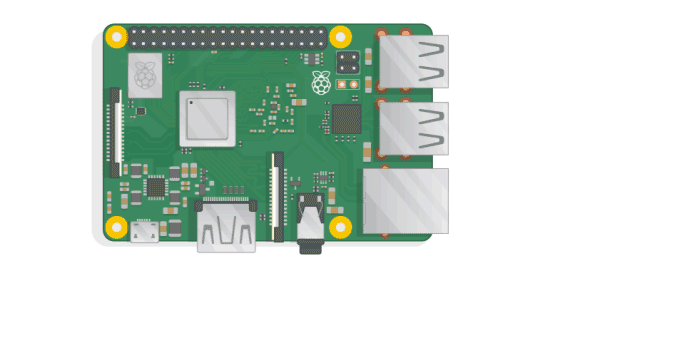MediaBox
Step 1: Download the Raspberry Pi OS to an SD hard
Here’s where you’ll find it. I used a 16GB card.
Step 2: Set up the Raspberry Pi.
 You’ll need:
You’ll need:
- a USB mouse
- a USB keyboard
- a display
- a router
- an ethernet cable to attach the router with
After inserting the aforementioned devices and the SD card, connect the Pi to a power source. Install the OS (do not install LibreELEC for this project)
Step 3: Install KODI
Go to the terminal and type the following command:
$ sudo apt get kodi
Step 4: Configure KODI
Once installed,
Open Kodi and go to settings. Go to “Service settings” then “Control”. Enable “Allow remote control via HTTP”
Make sure the “Web interface” is set to “Kodi web interface - Chorus2”

Step 5: Add Media
Store the media you’d like to stream onto a storage device and attach it to the Pi. For instance go to “Movies”> Browse the movie you’d like to add.
Step 6: Get a static IP
Go to the terminal and type
sudo nano /etc/dhcpcd.conf
Follow this comprehensive guide for what to do next.
Step 7: Make the system headless
Once the router is configured, Go to terminal and type the following command:
sudo crontab -e
Once the file opens, add the following line to the file:
@reboot kodi --standalone
This step makes sure one does not need to setup the Pi each time to use KODI.
How to Use it:
- Attach the router to the Pi via an ethernet cable. Connect the Pi and the router to a power supply.
- Connect your device to the router network.
- Open a browser and type the IP address followed by ‘:8080’. For instance, ‘192.7.1.2:8080’.
- Browse from the media you’ve added to KODI previously and watch it on your device.